Construction job costing is a detailed pricing technique that examines all of the specific costs associated with each project to precisely compute project charges. By keeping an eye on the numerous little expenses that add up to a major construction project, this degree of specificity helps you improve budgeting and make more accurate bids for projects of a similar nature in the future. Additionally, job costing protects profit margins and helps construction companies manage cash flow—a useful skill when demands and modifications arise mid-project.
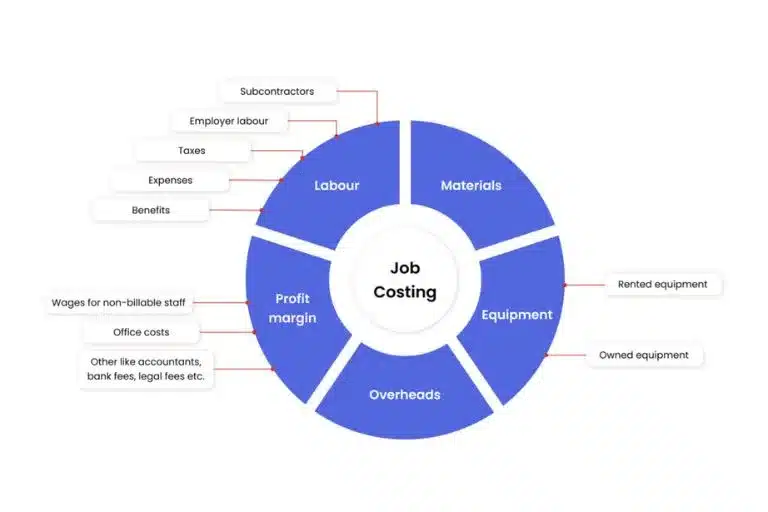
What Is Construction Job Costing?
Job costing is a method used by construction companies to estimate project costs. operation costing examines labor, supplies, and overhead to provide you with a comprehensive view of all expenses related to a particular operation. A company may manage costs and spot problems that could hurt its profitability, including unforeseen expenses or rising employee hours, more precisely if the breakdown is more thorough.
Job costing vs. process costing
Businesses frequently utilize job costing and process costing as two accounting techniques to monitor project expenditures. It breaks down and accounts for every expense, including labor hours and overhead required to finish a project, as well as every bolt, screw, and nail. In process costing, all expenses for lengthy production runs of comparable goods are included together. It is frequently employed in the manufacturing sector when producing large quantities of similar commodities, including chemicals, consumer goods, and appliance and other component parts. Process costing typically looks at all expenses associated with production volume.
Key differences
The degree of specificity that separates process costing and job costing is the primary distinction. The most effective application of job costing, a more precise technique of cost calculation, is on special projects. It takes meticulous record keeping and accounting to assign each material, labor hour, and overhead cost to a particular project. In construction, this accounting strategy is often used. Process costing is a basic pricing strategy that is mostly employed by producers of comparable goods in large quantities, when the cost of producing one good is equal to the cost of producing hundreds or thousands of identical products.
Key Takeaways
- Construction job costing is a detailed accounting method used to calculate track and assign expenses to specific projects and monitor budgets.
- Costs typically fall into one of three categories: labor, materials, and overhead. Costs can be either direct or indirect.
- Construction job costing is inherently complex. Financial management software can perform the heavy lifting.
Construction Job Costing Explained
To begin, let’s take a household budget as an example. You’ve noticed that your monthly utility costs are beginning to rise, but how can you tell if Junior is leaving too many lights on or if you’re using your air conditioner more frequently? You would examine the details of your utility bills and make any necessary adjustments to respond to that query.
A comparable, albeit more intricate, degree of detail is available with construction work pricing since each and every expense is planned for and monitored both during and after the project. Its accuracy is what gives it potency. You may bill clients more properly and provide more accurate estimates for works that are comparable in the future if you meticulously list all of the expenses related to a project.
For construction companies in particular, change orders can be very troublesome. Keep a close eye on additional labor and material expenses to fully comprehend the financial ramifications of every change and how it impacts the project budget. Maintaining cash flow and overall profitability in the construction industry is facilitated by effective work costing oversight.
How Do You Calculate Job Costing?
Project-based accounting, or job costing, is the process of calculating the total cost of all the discrete items that fall into the three main categories of a project: labor, materials, and overhead. The following is the general formula used to determine a job’s cost:
Total job cost = Materials + labor + overhead
The total of all raw project materials—such as steel, concrete, and lumber—as well as material-related expenses—like the cost of transporting those goods to the construction site—is used to compute material costs. The day rate or hourly rate for each worker is multiplied by the project’s duration to determine labor costs. The price of operating a firm that includes, among other things, administrative costs, marketing and advertising expenses, and insurance premiums is called overhead. Some construction businesses apply a blanket overhead fee, which may be a percentage of the other project expenses or some other predetermined number, because it can be challenging to allocate overhead costs to individual works.
What Should You Include in Construction Job Costing?
To put it briefly, all costs related to the specific job you are tracking need to be included. The goal of job costing is to provide you with both a macro and micro-level overview of costs. All costs, ranging from payroll management to foundation pouring and site excavation, ought to be covered till the project is finished. Generally speaking, expenses can be divided into three main groups.
- Labor: For most construction companies, labor expenditures are the biggest expense, therefore keeping track of crew member and subcontractor prices is essential. Apart from the hourly or day rates, worker’s compensation, overtime, and other pertinent expenses are included in labor costs.
- Materials: Materials can be purchased directly or indirectly. Wood, concrete, steel, electrical wiring, and other materials utilized in the project’s construction are examples of direct materials or pieces. Large quantities of indirect supplies, such as fasteners and fittings, safety gear including helmets and gloves, glue, tape, and lubricants, are frequently purchased to do many jobs.
- Overhead: A job involves more than just labor and supplies. Overhead can be direct or indirect, just like materials. Every work has a different direct overhead since it is specific to the project in question. Temporary office space on a building site, supervisor pay tailored to their jobs, permits, renting equipment (such as cranes and bulldozers), and restroom facilities are a few examples. The costs of operating a business are known as indirect overhead charges. These are ongoing expenditures that a construction company must pay for things like marketing, office supplies, and other running costs; they are not specific to any one work.
Benefits of Construction Job Costing
Construction job costing is a labor-intensive process that demands close attention to detail and constant monitoring of all expenses related to each individual task, but the rewards are well worth the effort. The information offered is far more comprehensive than the summary data from your financial accounts, which include your income statement and balance sheet. Job costing also makes it possible to track your spending, identify trouble areas, and keep a watch on cash flow. Among its benefits, construction job costing aids in the following tasks for a construction company.
- Track budget: With construction job costing, it’s simple to assess where money is going and whether expenses are within budget by comparing estimated and actual costs for every stage of a project. If there is a modification order and the scope of the work changes, job costing can also keep track of additional costs.
- Track progress: You may monitor how your actual costs are compared to projected spending as the job progresses. You can fix certain concerns mid-project if a certain activity or area is taking longer than expected or costing more than anticipated. As costs rise, financial management software can assist in allocating labor, supplies, and overhead to particular activities and places. This also helps to inform similar jobs in the future, giving you a better idea of what to expect in terms of costs and when they will arise.
- Track efficiency: How well are you managing resources with your teams? Monitoring labor, materials, and overhead will make it easier to identify instances of cost overruns or maybe mishandled material usage that could negatively impact the bottom line. To find areas where you could improve, look for trends and contrast how different initiatives compare to one another.
- Track cash flow: Businesses in the construction sector often cover a large portion of their costs before receiving payment from clients. Payments and billing could also depend on finishing certain phases of a task. Construction job costing assists companies in closely monitoring all costs to ensure a strong cash flow and profit margin.
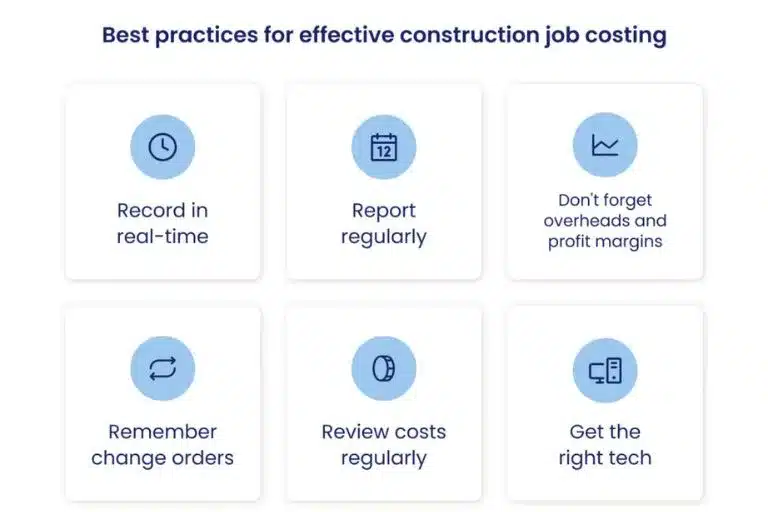
Tips to Improve Construction Job Costing
The most crucial accounting advice is to maintain current, accurate records of all outlays. It can be made faster, simpler, and more accurate with the use of good accounting software. Here are some pointers to help improve the construction work costing process, aside from software.
- Implement time-tracking: Not only are paper time cards antiquated, but they might be inaccurate. By employing mobile applications for automated time-tracking job pricing, construction companies may record worker hours without the delays and mistakes that come with manual data entry or payroll processing.
- Review cost codes: Each task in job costing has a cost code that is linked to it for pricing and expense management. Construction companies employ a range of cost codes. The most important thing is that each item corresponds to a cost code and facilitates automated invoicing and billing. These cost tags facilitate the grouping of disparate charges for comparison with comparable jobs and past performance.
- Monitor billing closely: You might be allowed to charge your client for expenses, depending on the specifics of your agreement. You can enhance cash flow and generate accurate invoices by keeping a close eye on all of your expenses.
- Track and include change orders: Change orders have a bad reputation for blowing a budget and lowering revenue. Task costing is a useful tool for monitoring unforeseen expenses, demonstrating their effects on a budget, and providing guidance when reallocating funds.
- Review projects frequently: Throughout the project, the most prosperous construction companies keep an eye on their expenses. Job costing assists businesses in monitoring their spending, gauging employee productivity, and making necessary corrections.
- Include overhead costs: Costs associated with overhead can mount up quickly and reduce a business’s profit margins. Taxes, administrative expenses, and expert services like accounting and legal are among them. These costs aren’t exclusive to one job. It is frequently included as a proportion of the entire cost of labor, supplies, and machinery.
- Track labor costs: For many construction companies, labor is the most expensive component. Keep track of all labor expenses for subcontractors and daily crews, and account for insurance and overtime.
- Job costing over process costing: Because of its amount of detail, task costing is usually a preferable option for construction companies. Job costing accounts for every expense related to a building project, allowing you to find areas for improvement and produce future estimates that are more accurate. Process costing is better suited for businesses that produce goods in large quantities.
- Double-check the math: Double-checking calculations is a recommended strategy for task costing. Take into consideration having tabulations verified by an informed third party. This also holds true for estimates from subcontractors: double-check the calculations. Verify each project’s revenue against the projections for the labor, materials, and overhead associated with the project.
- Invest in construction accounting software: It takes a lot of work to track and document the cost of every material, labor, and overhead. You may assign costs to particular codes and work more quickly and correctly with the use of construction accounting software. In addition to reviewing macro-level views of work costs and being able to dig down into individual regions to see the precise when and where money was spent, you will be able to discover which expenses are not assigned to tasks. Furthermore, the software’s previous record can influence future bids on comparable jobs.
Optimize Job Costing With Construction Accounting Software
When task pricing is done manually, it requires working with intricate spreadsheets for hours on end, which leaves the possibility for error. The entire process is made more accurate and manageable by financial management software. Expenses can be linked to particular projects using pre-established task codes when they are incurred. The app also allows you to track your progress in real-time. It’s not necessary to wait for the project to be completed or to find time to begin entering data into your spreadsheet in order to determine whether costs are falling short of expectations. Additionally, you can estimate future work more quickly and accurately if you have ready access to historical expenses.
A thorough pricing technique called construction job costing seeks to precisely estimate the expenses of building projects. Costs are broken down into three categories: labor, materials, and overhead. Construction job costing monitors the effectiveness and status of a project, and financial management software streamlines the procedure while delivering more precise and up-to-date information. Businesses can make well-informed decisions that ultimately guarantee profitability with the aid of job costing.
>>You might find interesting:
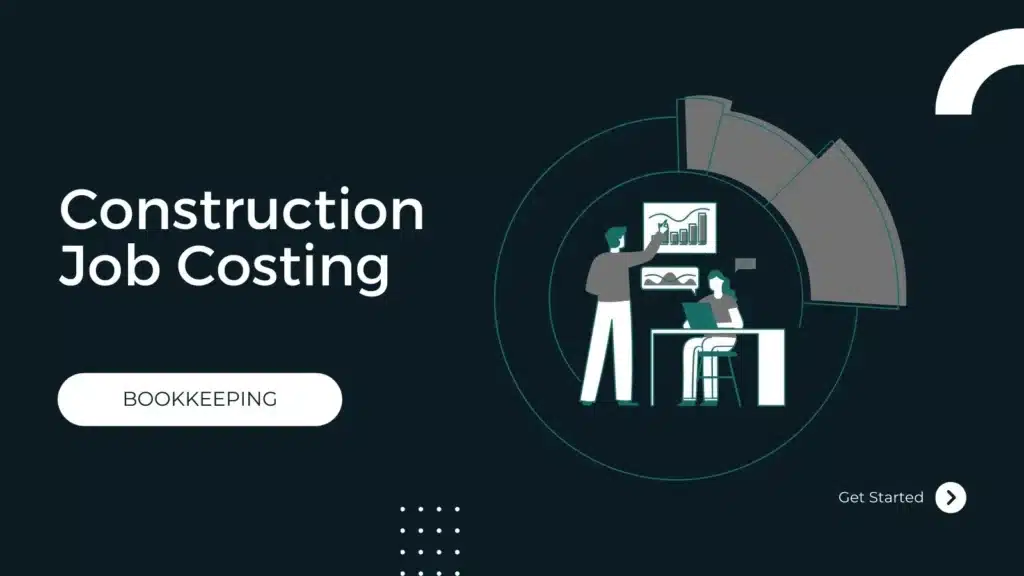



















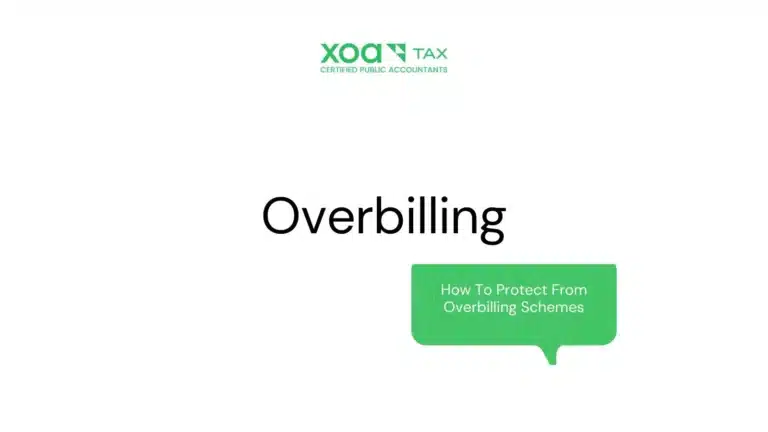

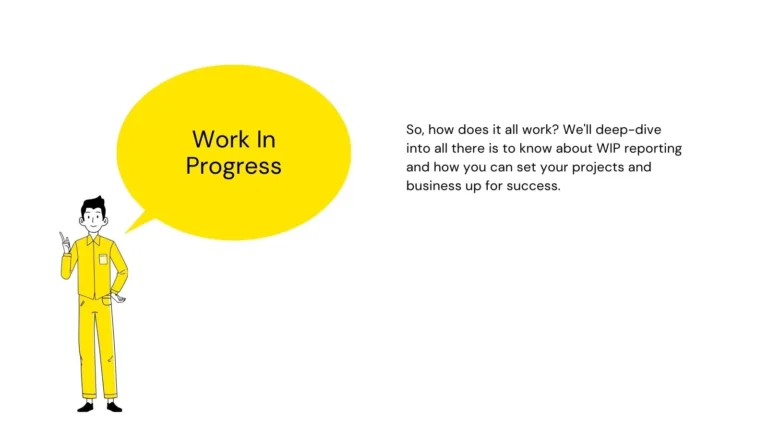

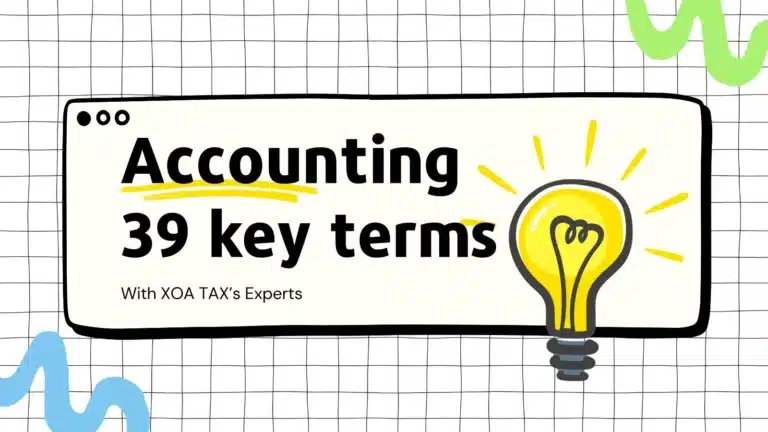


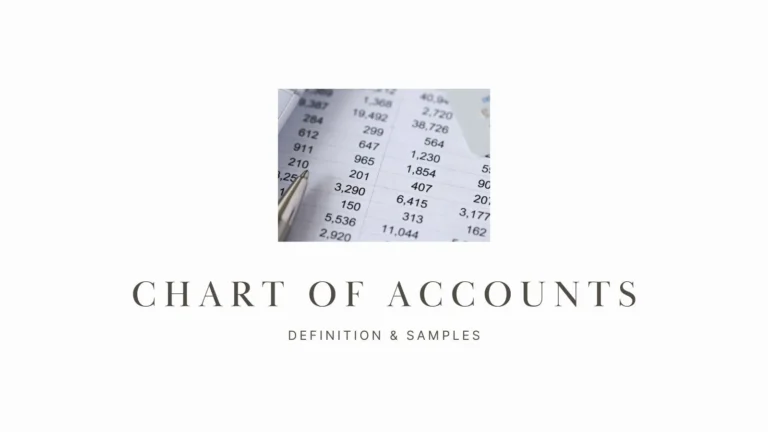





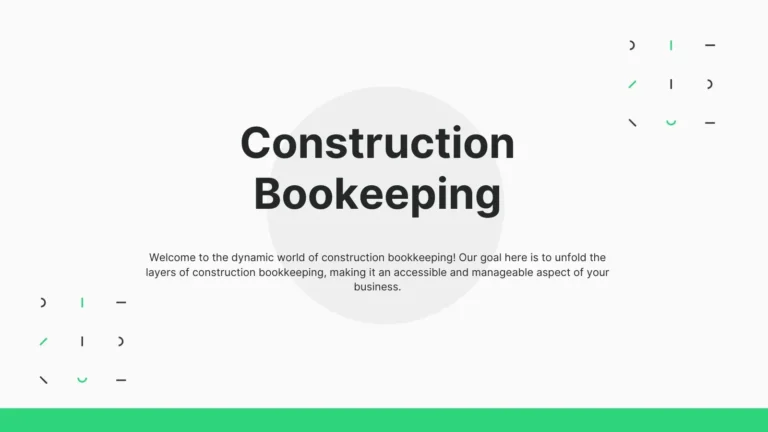
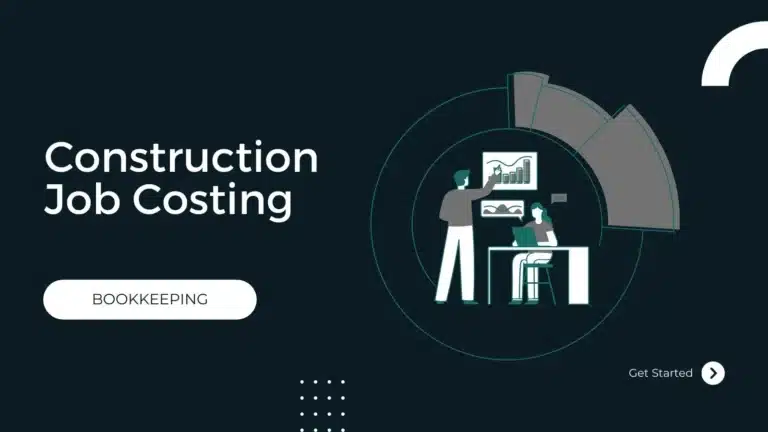

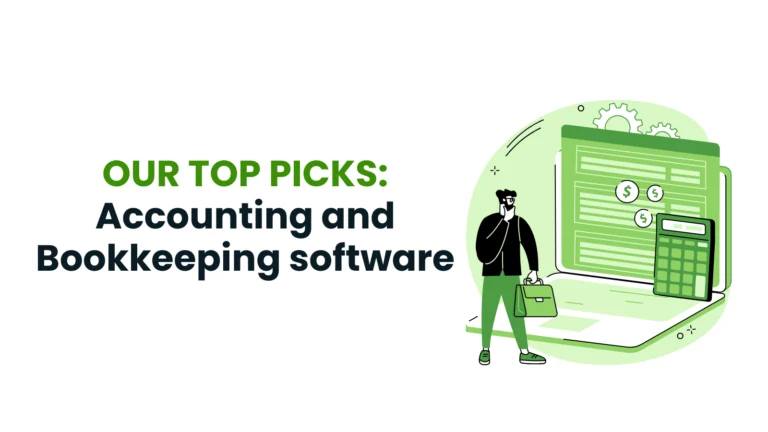
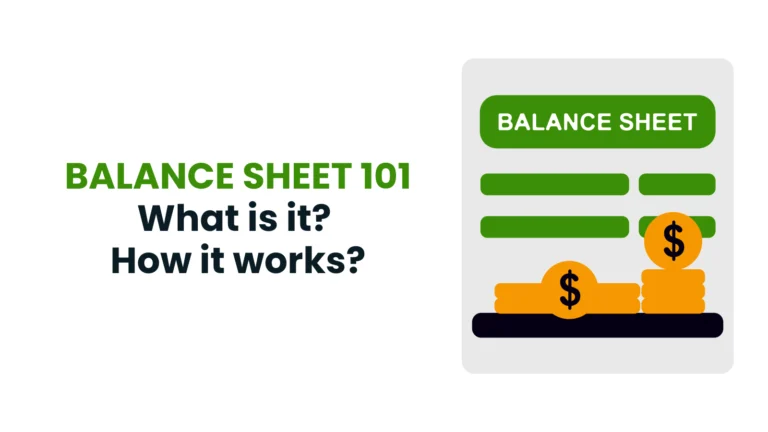






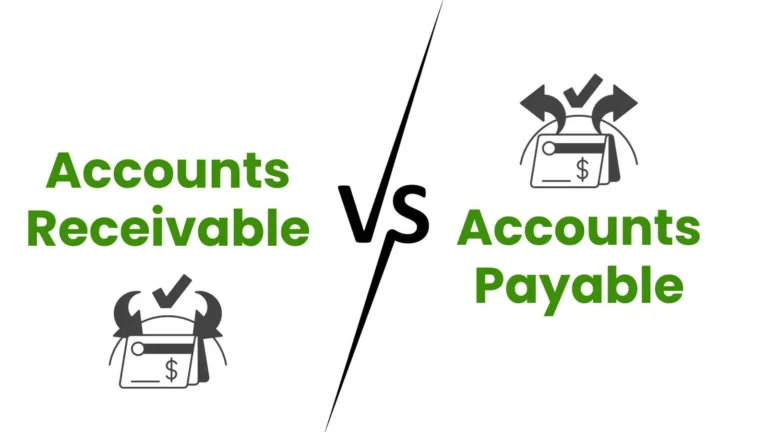



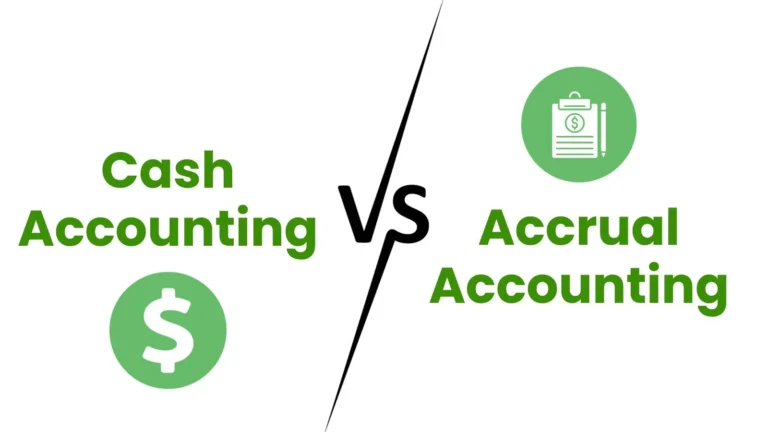
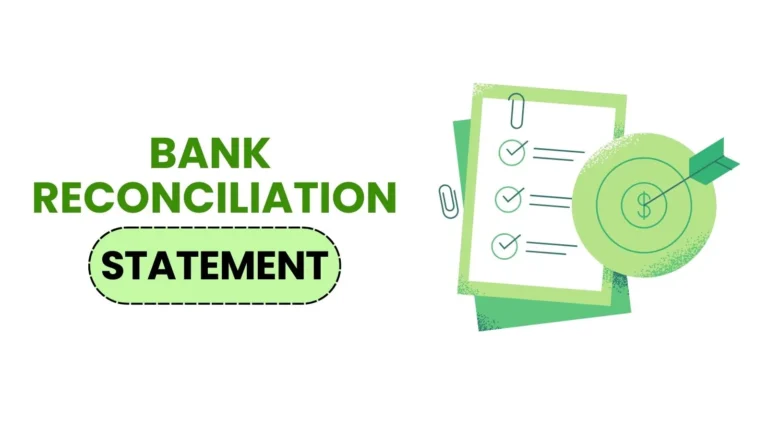
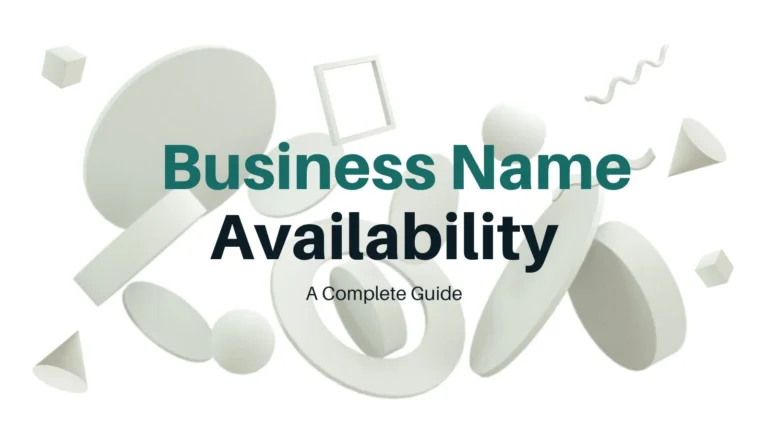


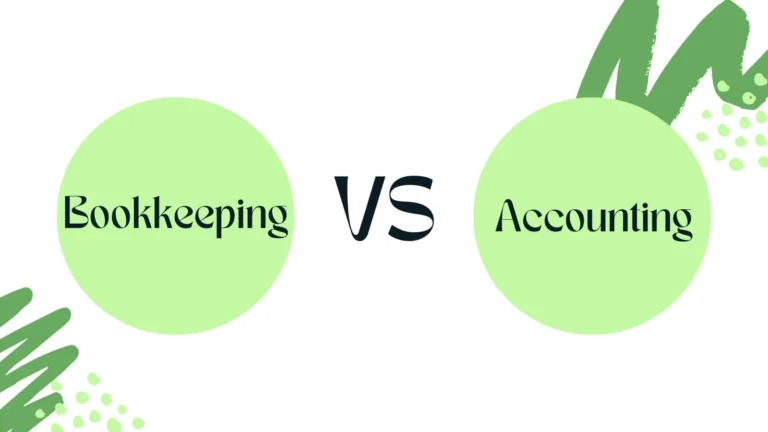

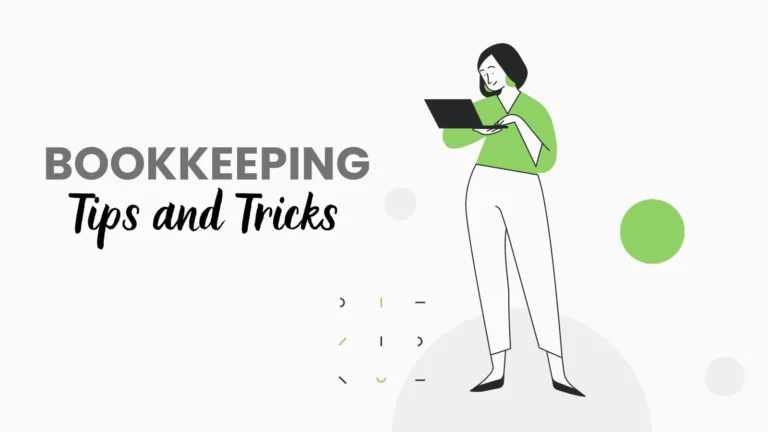

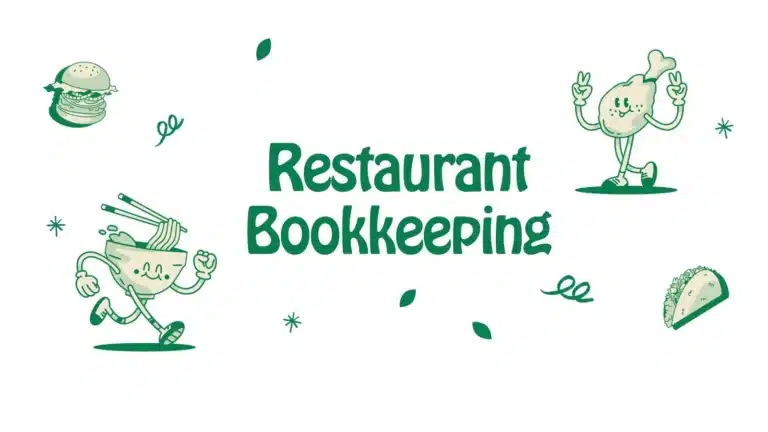



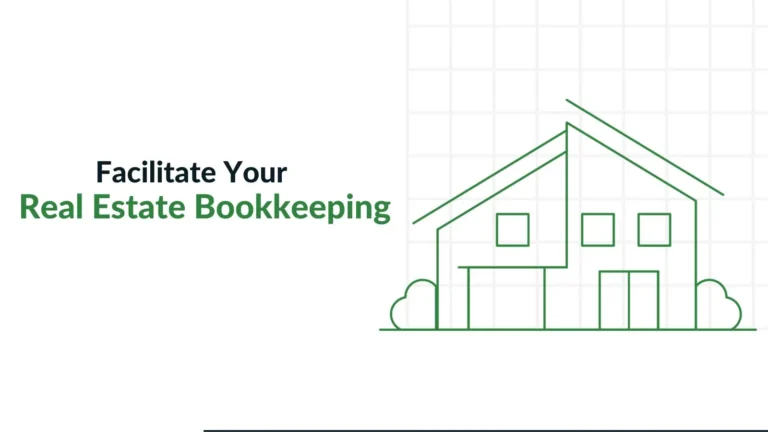

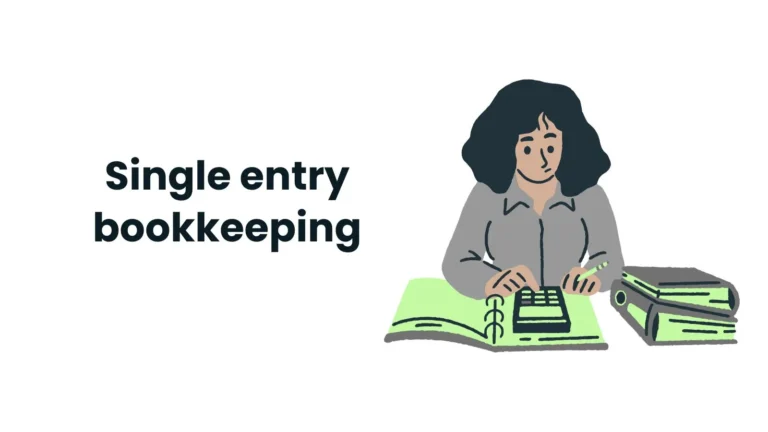




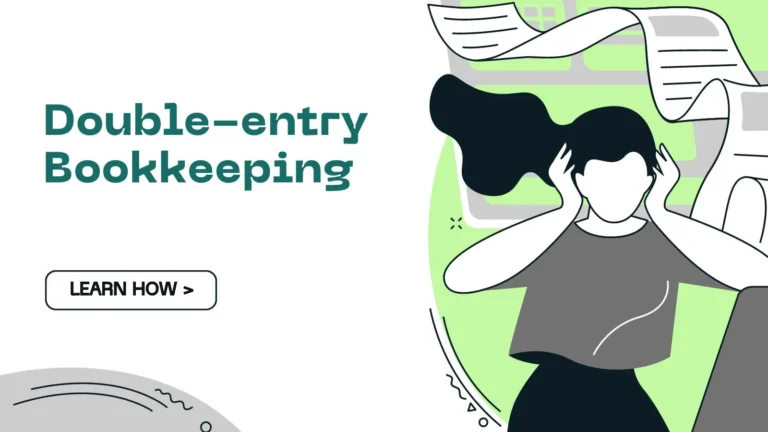






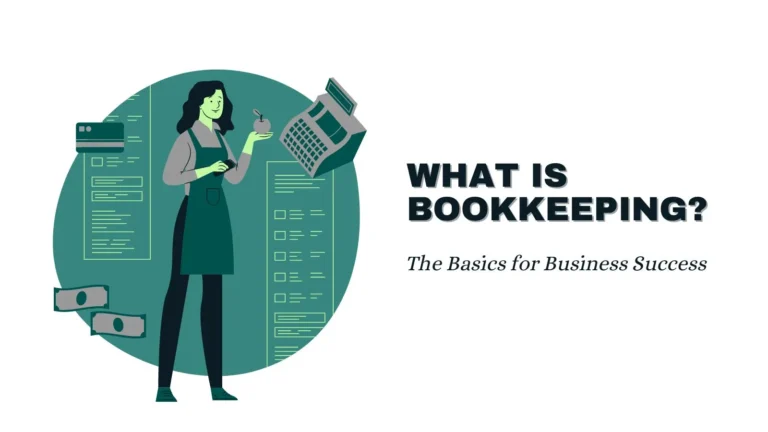
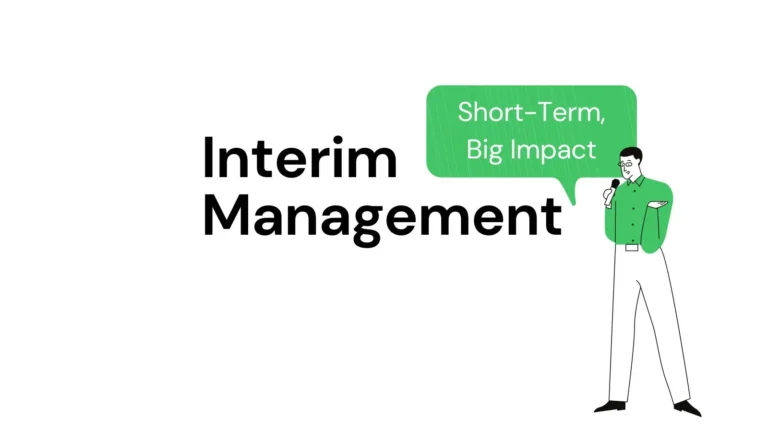







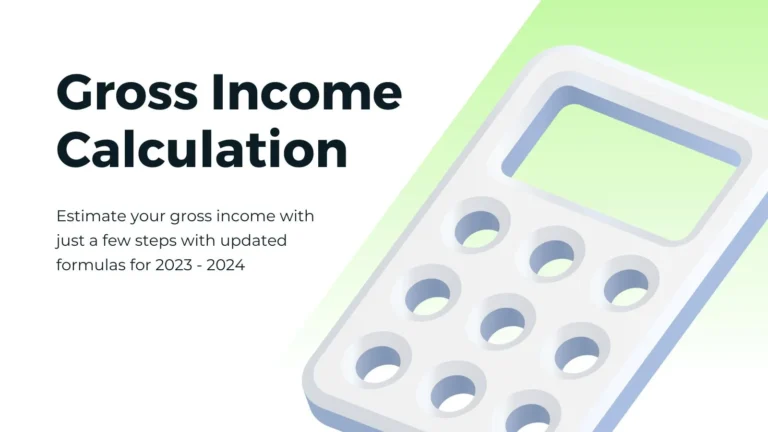
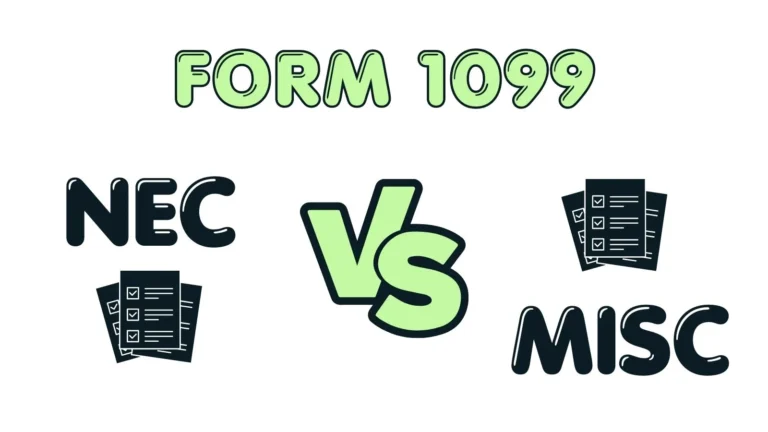




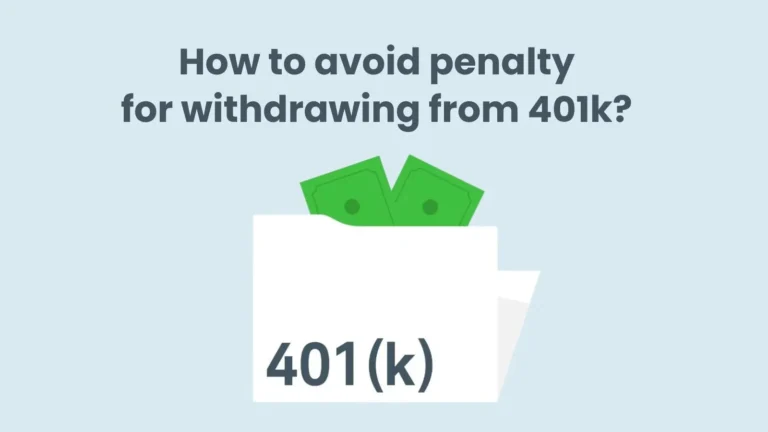

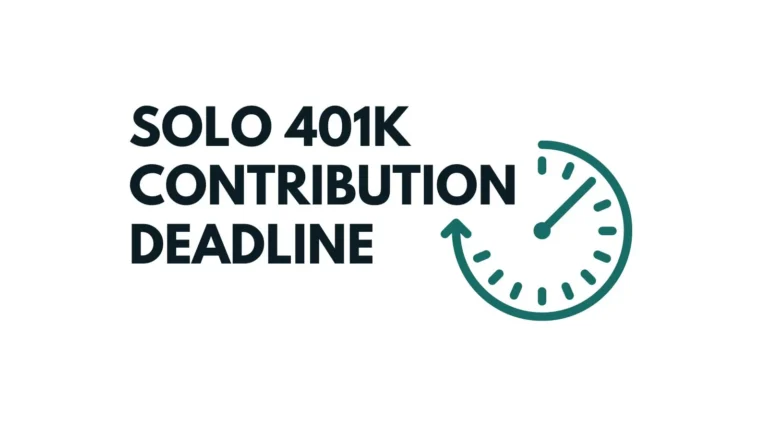






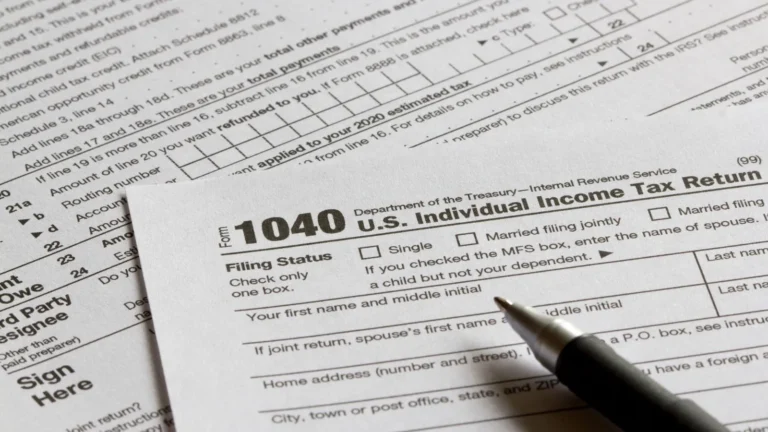





 anywhere
anywhere  anytime
anytime
3 Responses
As a project manager, keeping track of every expense is crucial for me. Great tips for optimizing our costing process 👍
Great tips for improving job costing.
Agree with the above.